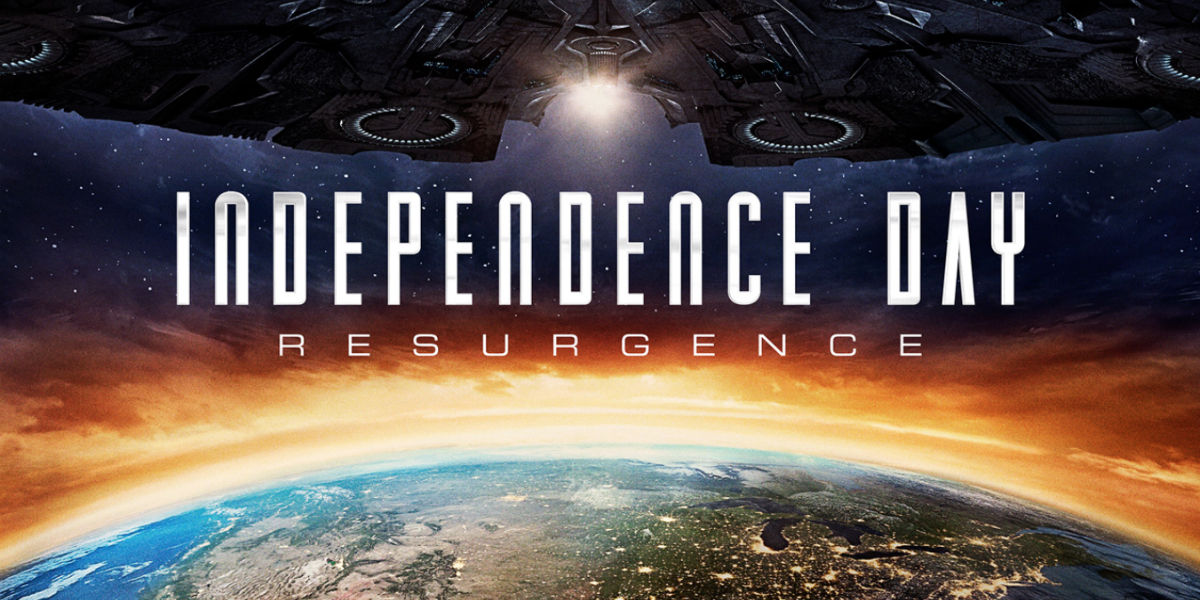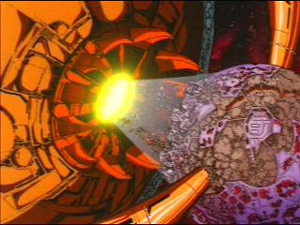You've certainly read plenty of analysis about the literal details of the Death Star. The galactic cost of building a small moon out of metal. The tactical superiority of building more Star Destroyers which could kill everyone on a planet just by bombing it anyway. The engineering ignorance behind "single point of failure" architecture, etc etc. None of which really makes sense when contrasted with the pop culture immortality of this construct because that's not what the Death Star is.
I mean you might as well say "A single twitter account is no way to run a modern political party representing thousands of functionaries and millions of voters."
So let's be clear: the Death Star is the Empire.
In the OT we don't ever see Coruscant, or any Imperial center of power besides this looming metal moon. It is what we know of the Empire (particularly in ROTJ, when it becomes the Emperor's throne room and where he is defeated.)
As such, it follows the logic of the Empire, which is centralization. It's cruel and inhuman to lash every sentient being in the galaxy to one ruler. It's also not anywhere near efficient or reliable. The desire to do this is not a rational desire, but an ideological one.
The instinct that says "Why do we need all these different opinions going around, it's just messy" is also going to say "Why do we need all these Star Destroyer groups around, they could split off or get confused." Better to centralize.
Which of course, is totalitarianism's downfall. They're both a single point of failure for bad ideas taking hold, and also a SPF for the entire system being decapitated.
***
So this means that the Death Star is just the Imperial perspective on government. That's part of what makes Star Wars work so well -- it's monotonous planets. Luke starts on a desert planet (which is the desert of his pointless life), he goes off to find the utopia planet (Alderaan), but he finds it's been replaced by the imperial war-hell planet, and he instead runs away to the jungle-adventure planet. These are all just the same world, but seen from different perspectives by Luke.
In fact, the Death Star is just an early example in a very common cinematic trope: the death world that seeks to replace Earth.
You had it in the first Star Trek movie.

It's the iconic image of Independence Day.

The Transformer's Movie (cartoon version)

Hell, Michael Bay has included it in both the most recent Ninja Turtles sequel, and the upcoming fifth Transformers Movie (live action).
The imagery these movies also use is a beam that forms a bridge between these two worlds. Our heroes primary goal is always to stop this bridge. If the bridge is completed, our world becomes the death world, and the Empire wins.
***
So what does Rogue One add to this conversation?
First, there's the simple macguffin that the Death Star is powered by Kyber Crystals, which are a religious symbol around the protagonist's neck, and also the crystals that powered lightsabers. So the totem that powered the ancient religion is now being repurposed into powering the Death Star. You could not have the Death Star without scavenging the lightsabers. Understandable enough.
The interesting thing here is what the Death Star destroys.
- The original Jedi temple on Jedha.
- The security installation where the Empire stores engineering plans on Scarif.
These were of course, bloodthirsty overreactions, but we must ask what they represent. They are two columns of the pre-Imperial order: the ancient religion, and the still-human bureaucracy. The ultimate form of the Empire wants to get rid of them both, so it can replace them. And (as we can see from how Tarkin treats Krennik) the new, efficient Empire hates its still-human civil service as much as or even more than it hates the rebels.
So off goes the head of the "old order", and now the Empire can float free, untethered from human concerns.
//Which of course, is totalitarianism's downfall. They're both a single point of failure for bad ideas taking hold, and also a SPF for the entire system being decapitated.//
ReplyDeleteNot to mention, a major reason behind totalitarianism's short-term successes and attractiveness.
//If the bridge is completed, our world becomes the death world//
Terraforming, then, or at least, I don't know, Necroforming or whatever you'd like to call it?
//The ultimate form of the Empire wants to get rid of them both, so it can replace them. And (as we can see from how Tarkin treats Krennik) the new, efficient Empire hates its still-human civil service as much as or even more than it hates the rebels.//
Makes me think of the Ascended Economy, and gives me ideas of a theoretical post-Emperor Empire whose deep state is so vast and dense that the Empire nearly becomes a sort of incomprehensible deity of the Lovecraftian variety, endlessly perpetuating itself through time and space.
I'd like to hear your thoughts on choice to include scenes of the Imperial commanders' internal disputes and manoeuvrings. My thoughts were that it's to show that, as much as the empire probably seems like a harsh but mostly-fair stable bureaucracy to the majority of its citizens, at the highest levels it's populated by petty bullies like Tarkin and Lord "I live in a lava castle" Vader - much like the man who runs it all.
ReplyDelete